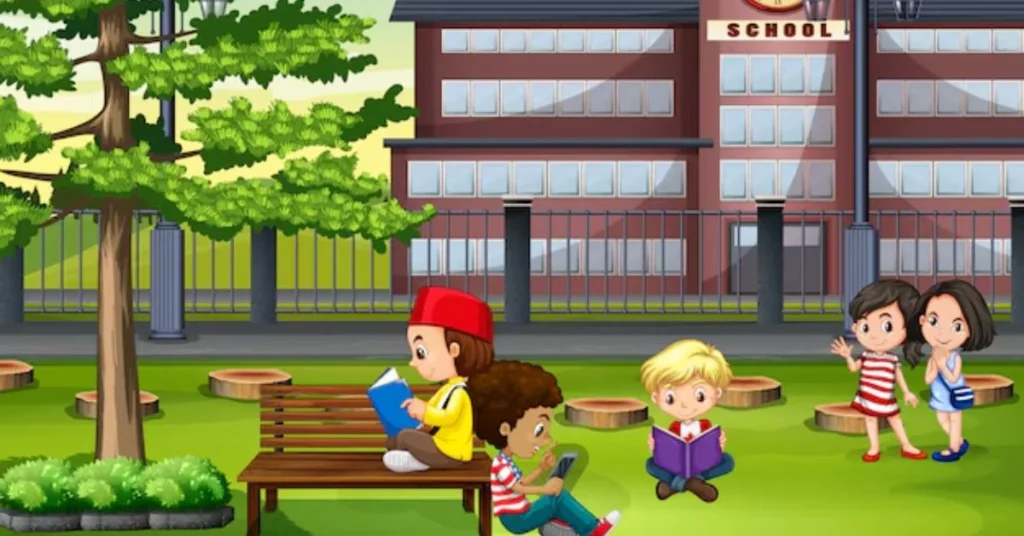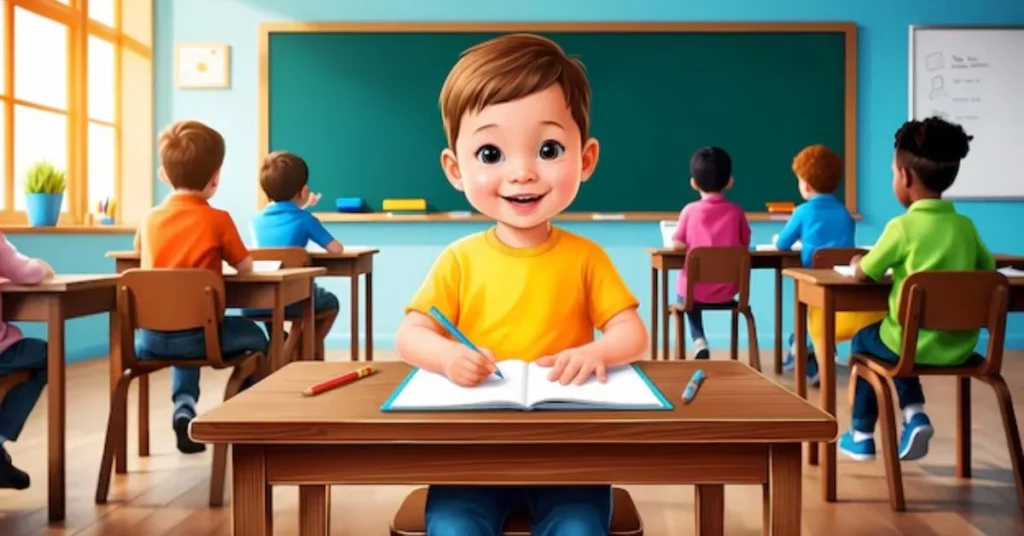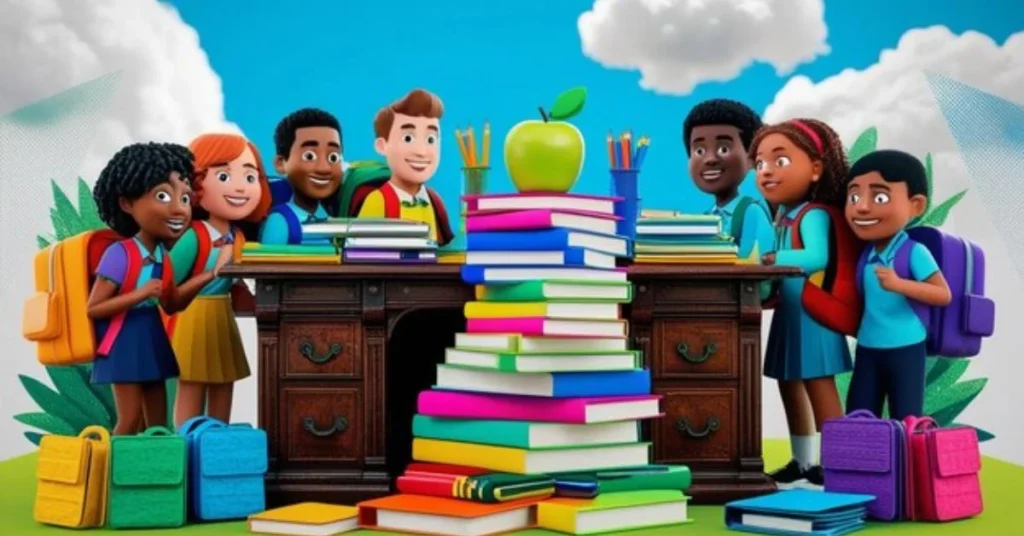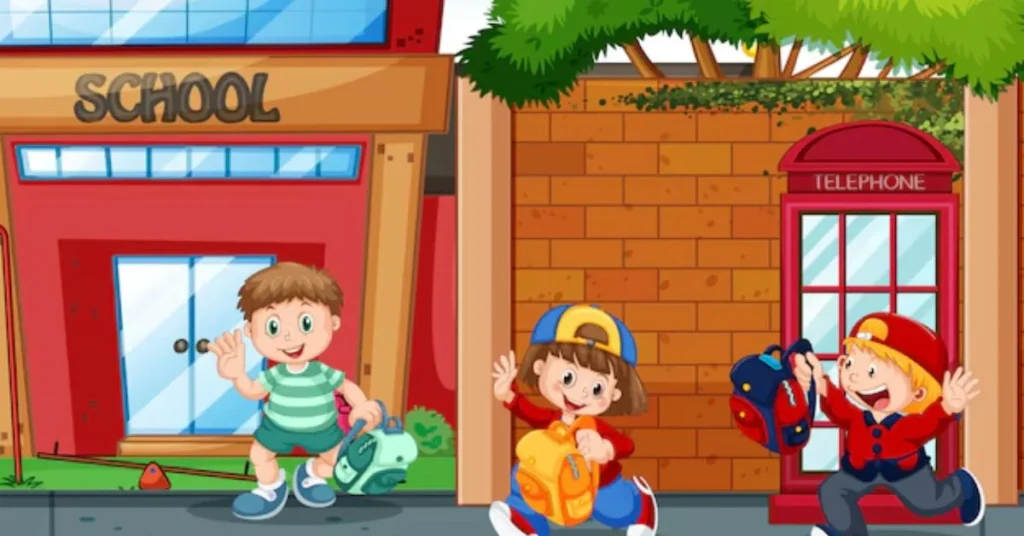Who doesn’t love cartoons? They’re fun, they’re entertaining, and they’ve been a part of our lives since childhood. Now imagine combining that love of cartoons with education. Sounds cool, right? Educational school cartoon comics are a fantastic way to make learning more engaging and fun for children. In this article, we’ll dive into the world of educational cartoon comics, explore their benefits, and see how they’ve been changing the face of education.
People also want to read about Reflection on Learning of International Education
What Are Educational School Cartoon Comics?
Defining Cartoon Comics
At their core, cartoon comics are visual stories told through a sequence of illustrated panels. They often involve humor, adventure, and colorful characters. Cartoon comics can tell a complete story in a short space and have long been part of entertainment media, ranging from superheroes to funny tales. However, they have expanded beyond entertainment.
The Role of Education in Cartoon Comics
Educational cartoon comics combine the captivating format of traditional comics with lessons and information from subjects such as science, math, history, and even life skills. They use stories and characters to explain complex ideas in a simpler, more digestible way. By integrating education into comic formats, students can learn while enjoying the storytelling aspect.
The Benefits of Educational Cartoon Comics for Children
Enhanced Learning Experience
One of the biggest advantages of educational cartoon comics is how they enhance the learning experience. Visuals tend to grab attention and retain information better than plain text. Children who struggle with traditional textbooks might find it easier to understand a concept when it’s illustrated with a storyline.

Boosts Creativity and Imagination
Cartoon comics are also fantastic for boosting creativity and imagination. Since comics rely heavily on visuals, children are exposed to creative ideas, art styles, and imaginative worlds. As they read, they learn to think creatively and visualize concepts in new ways.
Types of Educational Content in Cartoon Comics
History Lessons Through Comics
History might not always be every child’s favorite subject, but introducing it through cartoon comics can change that. Comics can turn historical events into fascinating stories with memorable characters, making it easier for students to remember key facts and events.
Science and Mathematics in Comics
Who said science and math have to be boring? Educational comics that focus on these subjects break down difficult concepts into simpler, engaging explanations. For example, a comic about a group of characters on a space adventure can teach students about the solar system or basic physics.
Moral Values and Social Skills
Beyond academics, cartoon comics also help teach moral values and social skills. Stories that involve teamwork, friendship, empathy, and problem-solving subtly educate children on how to handle social situations while also delivering important life lessons.

The History of Educational Comics in Schools
Early Days of Comics in Education
Educational comics aren’t a new idea. They’ve been around since the mid-20th century when educators and publishers began experimenting with comics as a way to teach children in a more engaging manner. Initially, they were met with resistance, as comics were seen as purely entertainment.
Modern Use of Cartoon Comics in Education
Fast forward to today, and educational comics are being used more widely than ever before. Schools have integrated them into various subjects, with teachers using them as tools for introducing new topics, reinforcing difficult concepts, or just making learning more interactive and fun.
How Educational Cartoon Comics Are Created
Combining Art and Storytelling
Creating educational cartoon comics involves a blend of art and storytelling. Illustrators and writers work together to create characters and narratives that align with the lesson or educational goal. The challenge is to keep the story entertaining while ensuring that the educational value isn’t lost.
Simplifying Complex Concepts
Comics are all about simplifying information. For an Educational School Cartoon Comic, this often means breaking down complex subjects like math equations or scientific theories into relatable and straightforward stories. Using familiar scenarios and dialogue helps make these concepts easier for students to grasp.
Aligning with Educational Curriculum
Educational comics are usually designed to align with the school curriculum. This ensures that the content being taught in the comic directly supports what students are learning in the classroom. Educational consultants often help comic creators ensure accuracy and appropriateness of the content.

How Teachers Use Cartoon Comics in the Classroom
Visual Learning Strategies
Teachers utilize the power of visuals in cartoon comics to engage visual learners. Comics can be used to introduce new topics, provide examples of problem-solving, or even serve as prompts for creative projects in the classroom.
Engaging Students Through Humor
One of the strengths of cartoon comics is humor. Humor helps to capture students’ attention and keep them engaged in the lesson. When students enjoy what they’re reading, they’re more likely to absorb and retain the information.
Activities and Discussion-Based Learning
After reading the comics, teachers can prompt discussions or activities based on the storylines. These discussions can be tied back to the educational content, allowing students to analyze, ask questions, and dive deeper into the subject matter.
Famous Educational Cartoon Comics
Highlights of Popular Comics
Several educational comics have gained popularity over the years. For example, “The Magic School Bus” brings science to life with its whimsical characters and storylines. Similarly, “Calvin and Hobbes” often subtly introduces philosophical ideas through the adventures of its main characters.
How These Comics Have Impacted Education
These Educational School Cartoon Comics have had a significant impact on education by providing a fun, approachable way to introduce complex topics. They have helped students develop a deeper interest in subjects that may have otherwise seemed intimidating or uninteresting.

The Future of Educational Cartoon Comics
Incorporating Digital Tools
The future of educational cartoon comics is evolving with technology. Digital comics allow for interactive features, animations, and even games that reinforce learning. This digital shift makes it possible for students to access educational comics from anywhere, at any time.
Blending Comics with Virtual Learning
As virtual learning grows, educational comics can serve as an essential tool to keep students engaged. By integrating comics into virtual lesson plans, educators can offer a creative way to complement traditional e-learning methods.
How to Integrate School Cartoon Comics into Learning
Integrating school cartoon comics into the classroom or home learning environment is easy. Here are some tips:
Choose the Right Comics: Select comics that align with the subjects your child is studying. For example, if they are learning about ecosystems, find a comic that explains this topic in a fun way.
Combine with Traditional Methods: Use comics alongside traditional textbooks and worksheets. This way, children can get a well-rounded understanding of the topic.
Encourage Discussion: After reading a comic, discuss the story and the concepts with your child. Ask them questions to ensure they’ve understood the material.
Create Your Own Comics: Encourage kids to create their own educational comics. This can be a fun project that allows them to apply what they’ve learned creatively.

Conclusion
In conclusion, educational school cartoon comics are more than just a fun break from textbooks—they’re a powerful tool for enhancing the learning experience. By combining the art of storytelling with educational content, comics make it easier for children to understand, retain, and enjoy their studies. Whether through traditional print or digital formats, these comics are paving the way for more dynamic and engaging education in the future. Check out this source
What age group are educational school cartoon comics suitable for?
Educational school cartoon comics are typically designed for children aged 5 to 12, but comics are also available for older students.
Can school cartoon comics replace traditional textbooks?
While comics are a great supplement, they shouldn’t replace traditional textbooks entirely. They work best when used alongside other learning materials.
Where can I find school cartoon comics?
You can find these comics in bookstores, online platforms like Amazon, and educational websites that offer digital versions.
Are there any school cartoon comics for subjects like math and science?
Yes, many comics are available that cover subjects like math and science. For example, “Magic School Bus” is popular for teaching science, while “Math Adventures with Pythagoras” is great for math concepts.
How can I make learning with educational comics more effective?
To make learning more effective, combine comics with traditional study methods, discuss the content with your child, and encourage them to create their educational comics.











